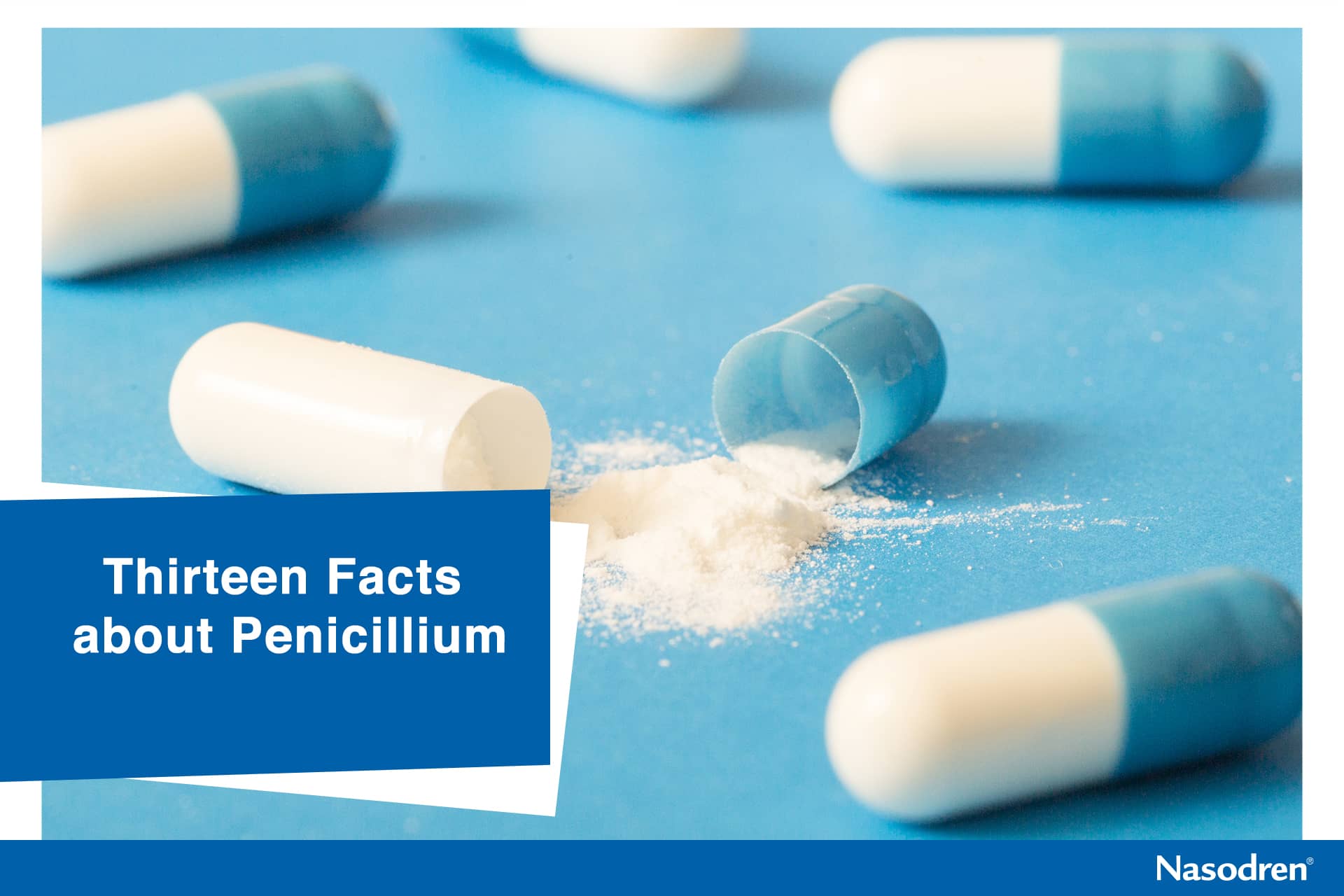Thirteen Facts about Penicillium, the Source of Modern Antibiotics
The world antibiotic consists of two Greek words “anti” and “bios” that mean “against” and “life” respectively. Antibiotics are the natural or artificial substances that can check or destroy the growth of harmful bacteria and thereby help in treating bacteria caused infections. Penicillin is probably the oldest and the most popular source of antibiotics. But do you know?
The word antibiotic consists of two Greek words, “anti” and “bios,” which mean “against” and “life,” respectively. Antibiotics are natural or artificial substances that can check or destroy harmful bacteria’s growth and thereby help treat bacteria-caused infections. Penicillin is probably the oldest and the most popular source of antibiotics. But do you know?
- Alexander Fleming, a bacteriologist from Scotland, observed and reported the merits of penicillin in 1928. He reported that Staphylococcus aureus died from Penicillium notatum (P. chrysogenum), a green colour mold. This observation is one of the greatest feats of the scientific community of the twentieth century.
- A decade later, Ernst Chain (British), Howard Florey (Australia), and Norman Heatley worked on the observations made by Fleming. These scientists grew, extracted, and purified penicillin to use as a drug.
- The scientists faced three major problems while experimenting with penicillin: poor stability of penicillin at high and low pH levels, small production level, and fondness for surface culture.
- The city of Peoria in Illinois (U.S.A.) was the first place where the Northern Regional Research Laboratory (N.R.R.L.) produced penicillin on a large scale.
- For penicillin production, locally available substances were used in both countries, England and America. Yeast was used in England, whereas corn steep liquor solution was used in the U.S.A. The liquor solution was more effective. The extract from penicillin molds grown in the solution was successfully used in treating the World War II soldiers.
- The first penicillin-based injectable antibiotic for medicinal use was introduced in 1941.
- In 1945, Alexander Fleming, Ernst Boris Chain, and Howard Walter Florey won Nobel Prize in Medicine for discovering penicillin.
- Penicillium is a genus consisting of green or blue mold fungi found in asexual forms. The genus grows on fabrics, foodstuff, and leather.
- Penicillium is used for making cheeses, organic acid, and antibiotics. Penicillium is widely found in soil.
- Penicillin can be divided into two groups: natural and semi-synthetic. The natural penicillin forms during the fermentation of the mold. The semi-synthetic penicillin features artificially modified six-aminopenicillins acid.
- Since an antibiotic can be modified, a variety of penicillin is generated for different medicinal uses.
- The only natural penicillin available in medical laboratories is Penicillin G. However, the poor acid-stability of the penicillin limits its therapeutic use.
- The fungi’s conidiophores resemble a paintbrush. Therefore, the Latin word “penicillins,” which means paintbrush, is used to describe fungi







